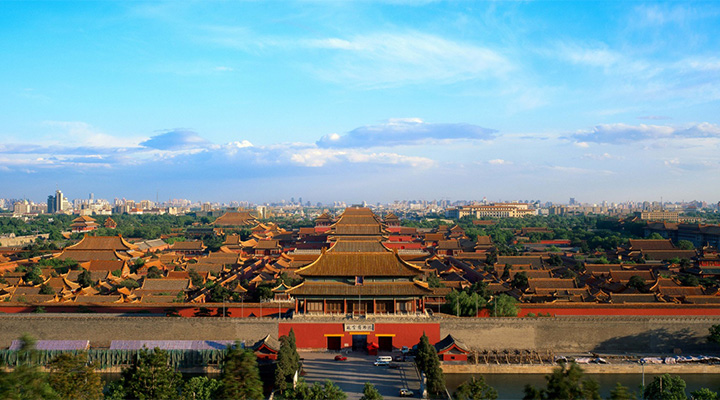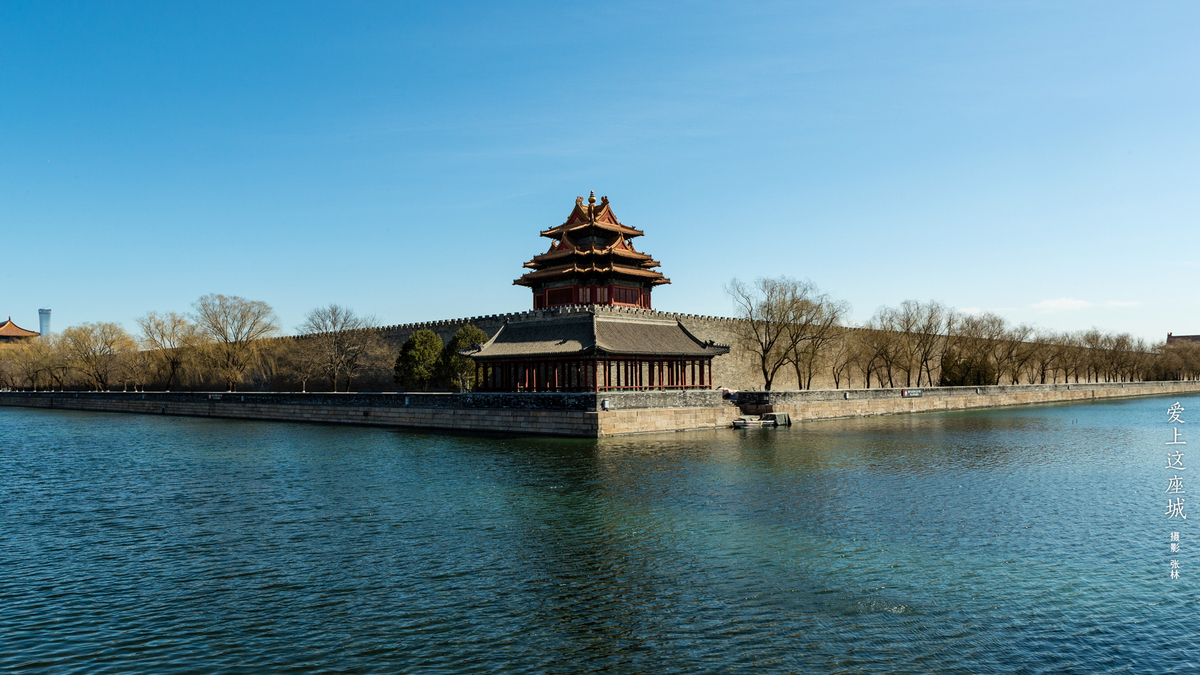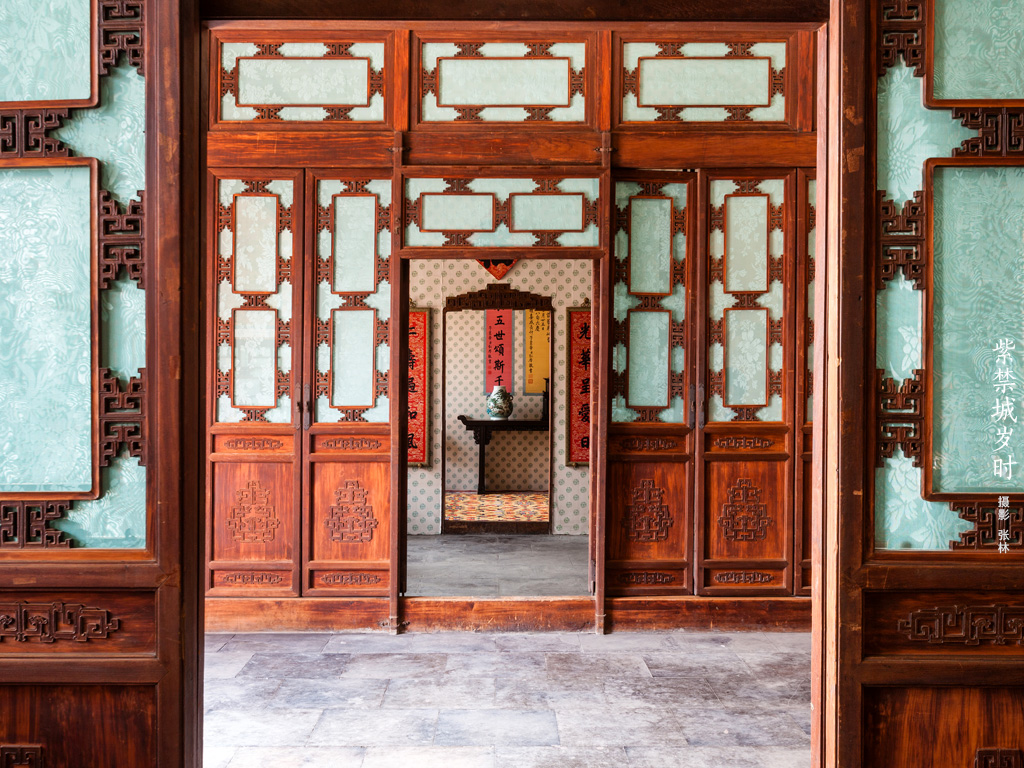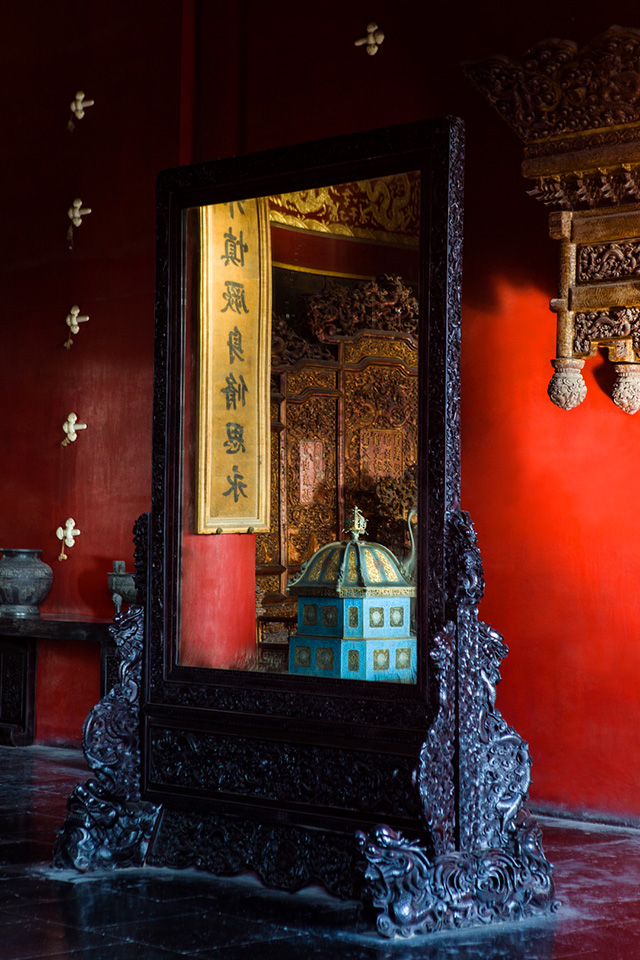The Forbidden City


The Forbidden City was the imperial palace of the consecutive Ming (1368-1644) and Qing (1644-1911) dynasties of China. Located in central Beijing, it was constructed between 1406 and 1420. The rectangular palatial complex covers an area of some 720,000 square kilometers -- 961 meters in length and 760 meters in width -- and is surrounded by a 10-meter high city wall and a 52 meter-wide moat. It is guarded by four watchtowers at the corners, each facing an intersection of cardinal directions.

This world heritage site encompasses architectural buildings of different purposes: audience halls, abodes, Buddhist shrines, a library, and gardens.

The Forbidden City is approached through the Gate of Heavenly Peace (Tian'an men). Immediately to the north of it is the Prospect Hill (also called Coal Hill), while to the east and west are the Wangfujing and Zhongnanhai neighborhoods. Ancient China’s astronomers endowed the location with cosmic significance. They correlated the emperor's abode, which they considered the pivot of the terrestrial world, with the Pole Star (Ziwei yuan) -- believed to be the center of the heavens. Because of its centrality and restricted access, the palace was called the Forbidden City.

The building of the palatial complex was commissioned by the third emperor of the Ming dynasty, the Yongle Emperor (r. 1403-1420), who determined to move his capital northward from Nanjing to Beijing. Over 200 years later, the Ming dynasty fell to the Manchu Qing dynasty in 1644. Then, in 1911, the Qing were subsequently overthrown by republican revolutionaries. The last emperor, Puyi (who ruled from 1909 to 1911 under the reign name Xuantong), continued to live in the palace after his abdication and was finally expelled in 1924. Over nearly six hundred years of imperial operation, the palace served as the residence and court of twenty-four emperors. In 1925, it was opened to the public as a national museum of Ming and Qing art and history.

Features
 Museum Treasures
Xianyang's bronze warrior head is unique national treasure
Museum Treasures
Xianyang's bronze warrior head is unique national treasure
 Cultural Industry
New horse mascots gallop into 2026
Cultural Industry
New horse mascots gallop into 2026


